As prices of raw materials continue to fall, battery cell costs are facing downward pressure.
Following a drop in the price of battery-grade lithium carbonate below CNY 90,000/ton ($12,654/ton) in July, a new historic low was set in August as the price further declined below CNY 80,000/ton, according to market analyst TrendForce.
The continued drop in cobalt and nickel salts also triggered declines in prices for cathodes, electrolytes, and other battery components.
Meanwhile, demand for grid-scale energy storage system battery cells continued to improve in August, driving sustained growth in 314 Ah orders. The trend toward larger capacity energy storage cells remains unchanged, and prices continued to decline, the analysts observed. The average selling price (ASP) for lithium iron phosphate (LFP) energy storage cells fell to about CNY 0.35/Wh in August — a 6% monthly drop.
Prices for EV cells decreased by 4% month-on-month, and the average price for square LFP cells dropped below CNY 0.4/Wh, while square ternary and pouch ternary EV battery cells averaged CNY 0.46/Wh and CNY 0.48/Wh, respectively.
While the oversupply of lithium is unlikely to reverse, and the long-term trend for lithium carbonate prices will remain downward, a short-term and modest rebound in lithium salt prices can be expected in the coming period with the arrival of the traditional peak season (Sept–Oct). This is expected to prompt increased stocking activity downstream following a period of inventory reduction across the supply chain.
According to TrendForce, cathode manufacturers and battery cell producers are revising their production plans upwards as downstream demand shows signs of recovery.
However, uncertainties remain for China’s NEV sector, which faces trade risks from tariffs in overseas markets such as the US, Canada, and Europe. The US initially planned to impose a 100% tariff on Chinese-made EVs starting August 1st, but this measure has been postponed. Canada is planning to follow suit with a similar 100% tariff on Chinese-made EVs, set to take effect on October 1st.
TrendForce believes that, given these uncertainties around international tariff policies, battery makers may start stocking up as lithium prices approach their lows.
This content is protected by copyright and may not be reused. If you want to cooperate with us and would like to reuse some of our content, please contact: editors@pv-magazine.com.
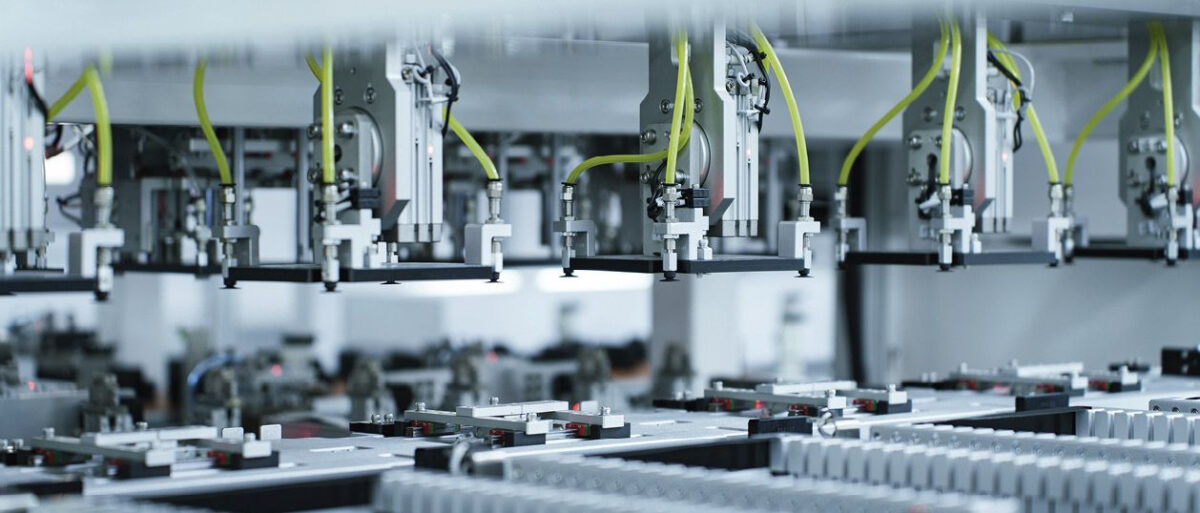
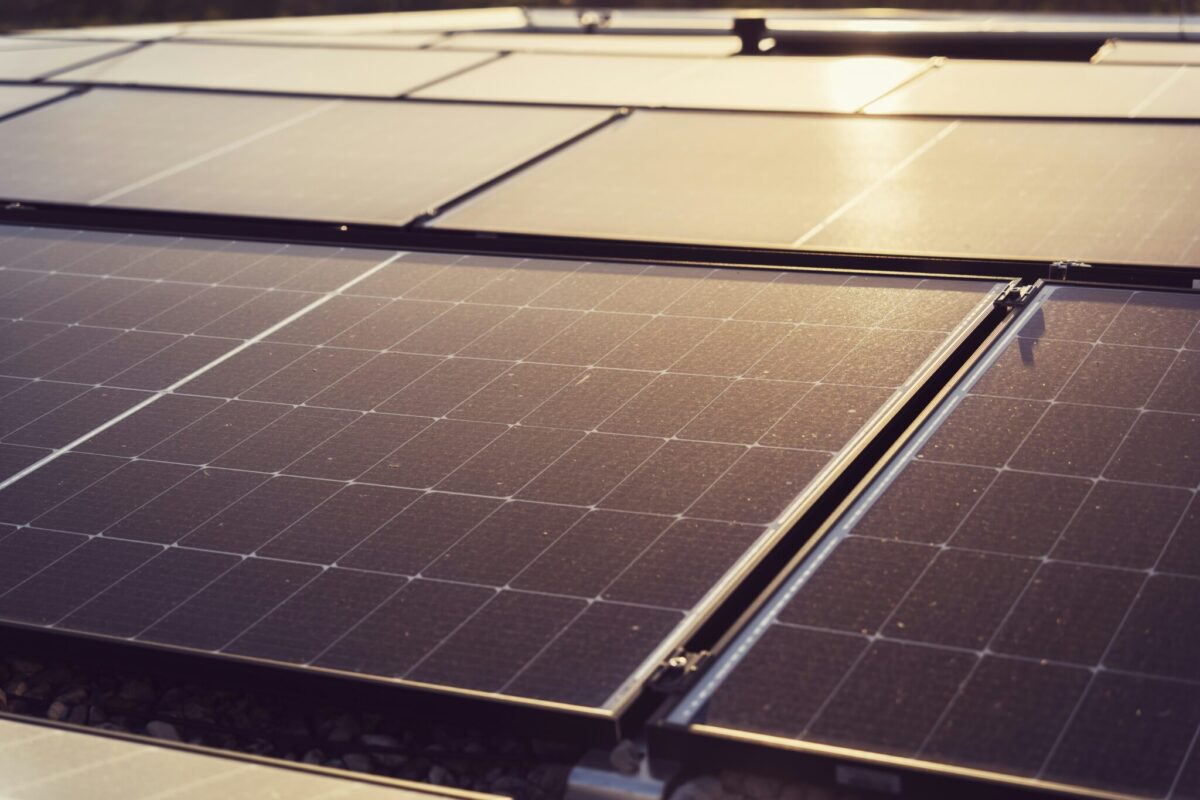


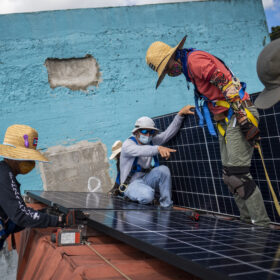
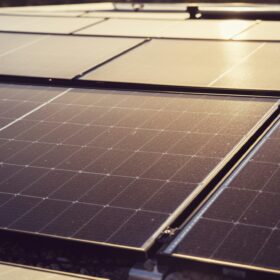
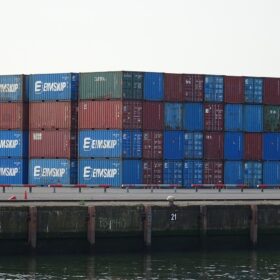
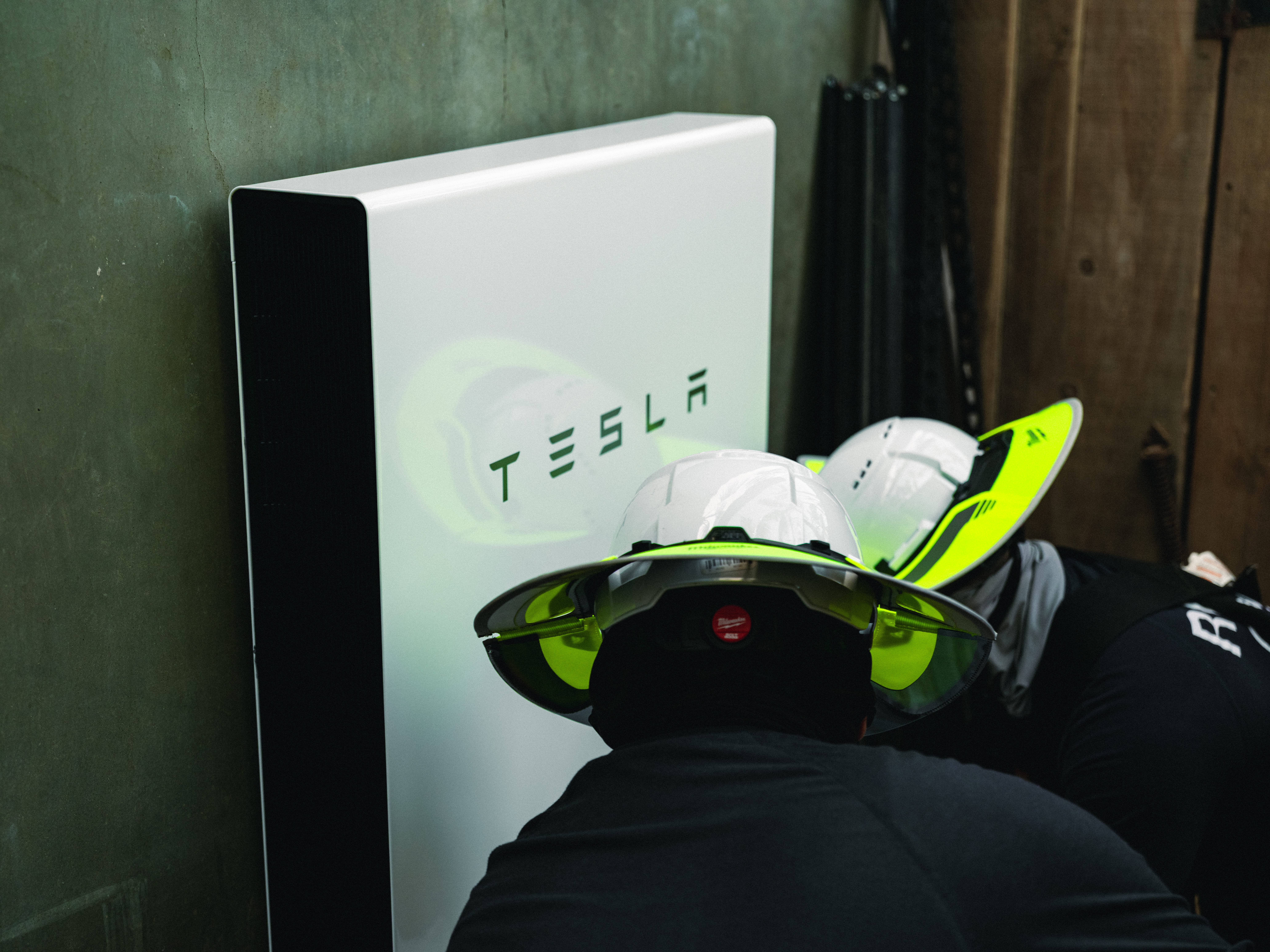
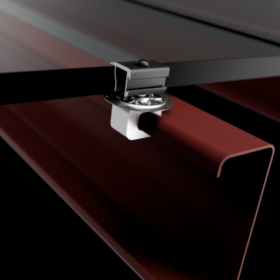
By submitting this form you agree to pv magazine using your data for the purposes of publishing your comment.
Your personal data will only be disclosed or otherwise transmitted to third parties for the purposes of spam filtering or if this is necessary for technical maintenance of the website. Any other transfer to third parties will not take place unless this is justified on the basis of applicable data protection regulations or if pv magazine is legally obliged to do so.
You may revoke this consent at any time with effect for the future, in which case your personal data will be deleted immediately. Otherwise, your data will be deleted if pv magazine has processed your request or the purpose of data storage is fulfilled.
Further information on data privacy can be found in our Data Protection Policy.